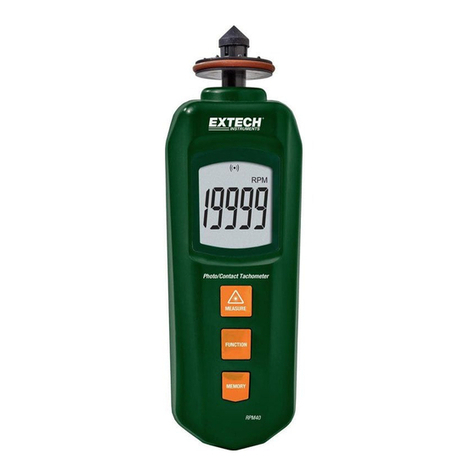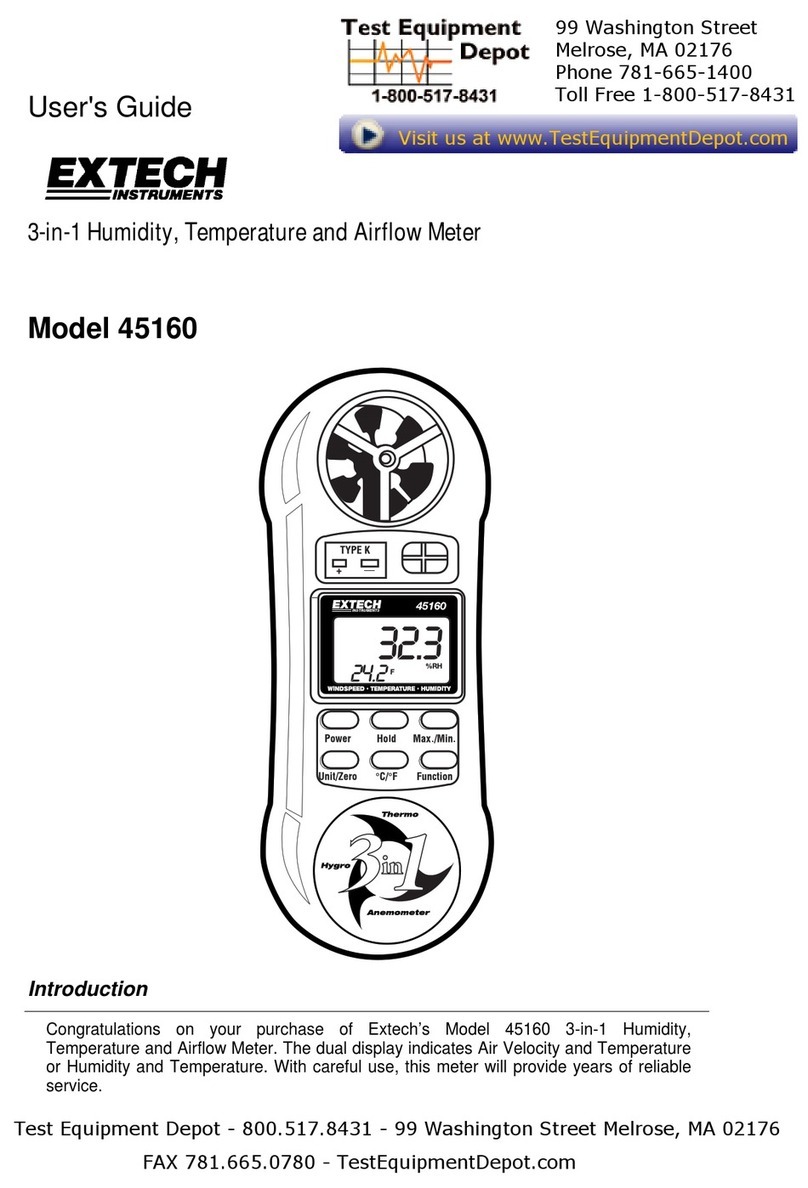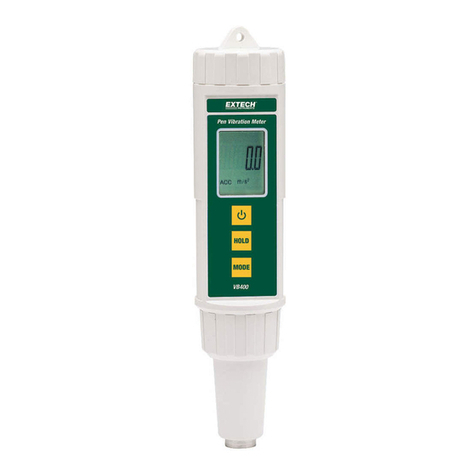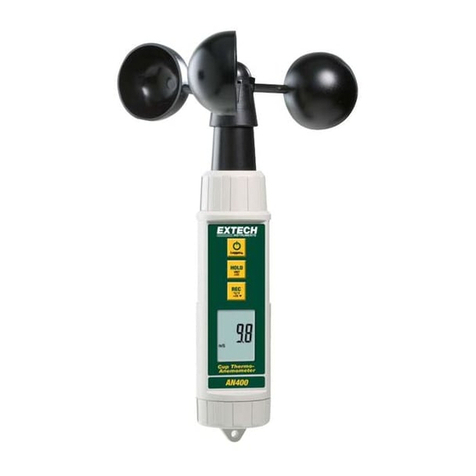Extech Instruments 407355 User manual
Other Extech Instruments Measuring Instrument manuals
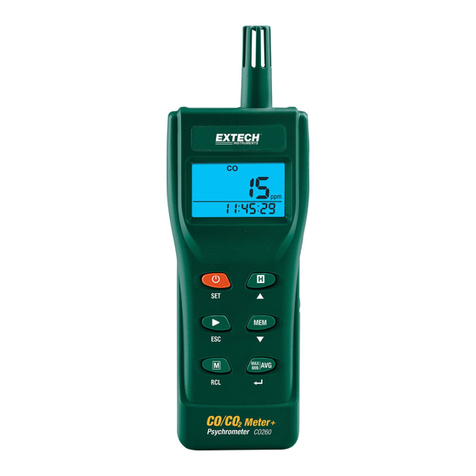
Extech Instruments
Extech Instruments CO260 User manual
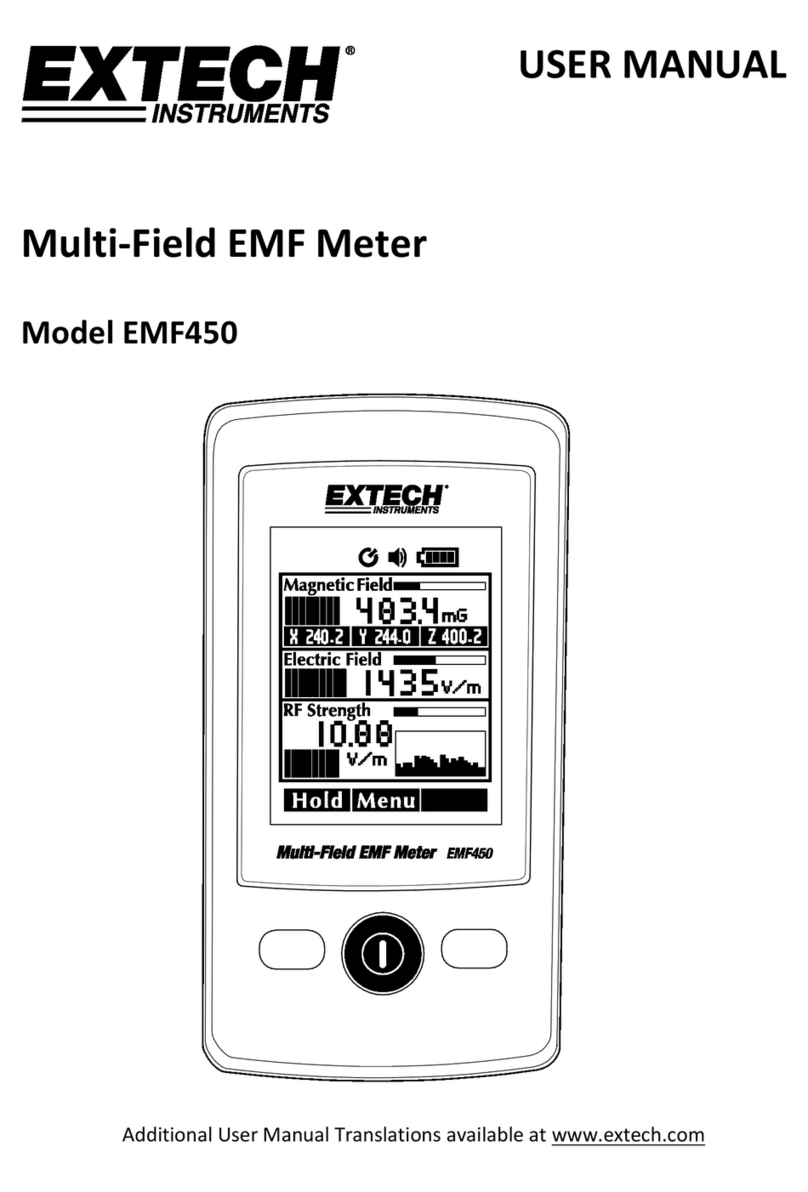
Extech Instruments
Extech Instruments EMF450 User manual
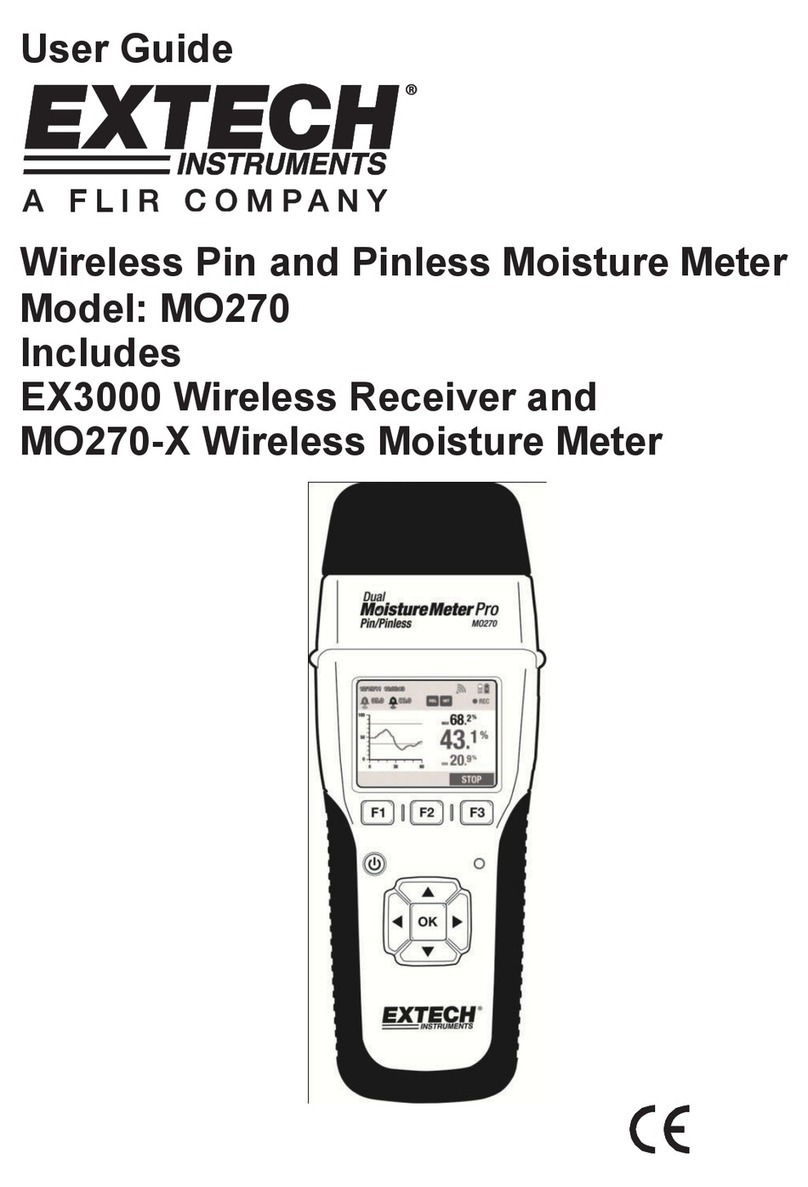
Extech Instruments
Extech Instruments MO270 User manual
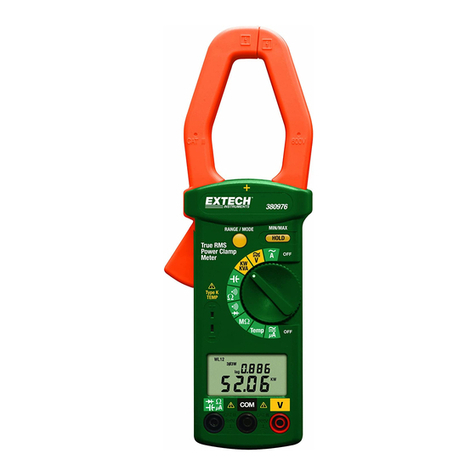
Extech Instruments
Extech Instruments Extech 380976 User manual
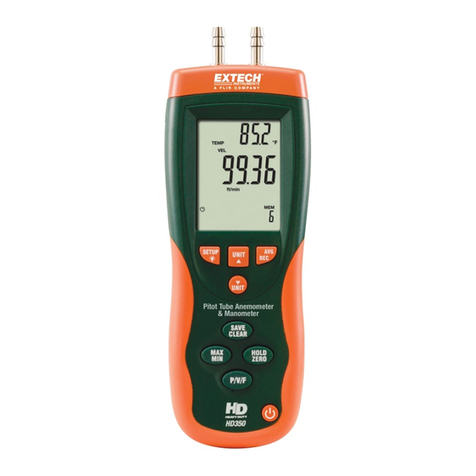
Extech Instruments
Extech Instruments HD350 User manual
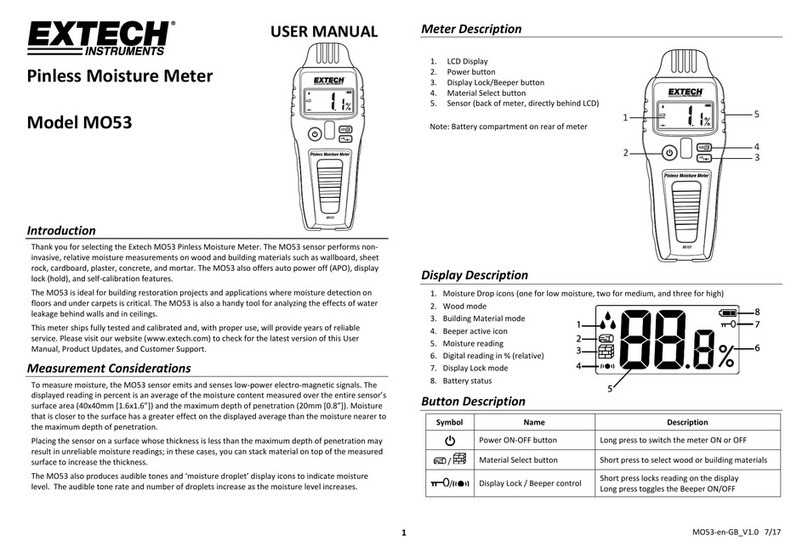
Extech Instruments
Extech Instruments MO53 User manual
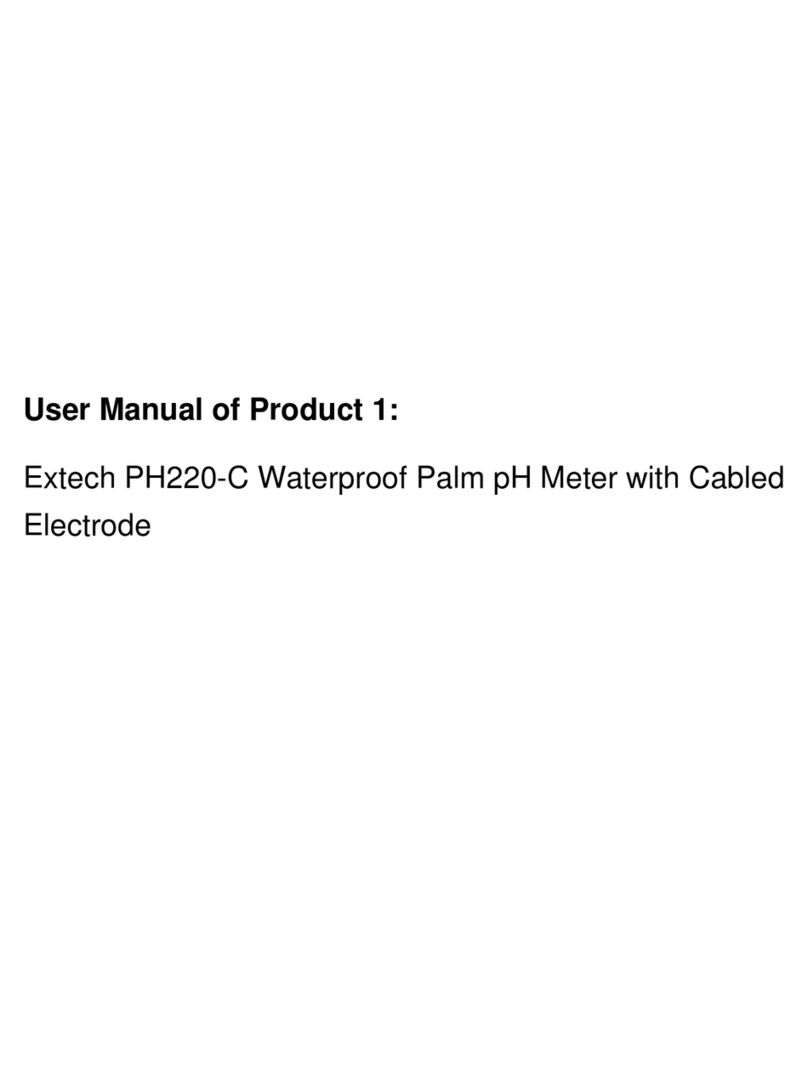
Extech Instruments
Extech Instruments PH220-C User manual
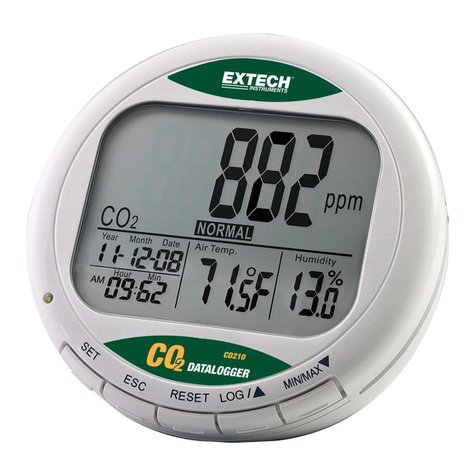
Extech Instruments
Extech Instruments CO210 User manual
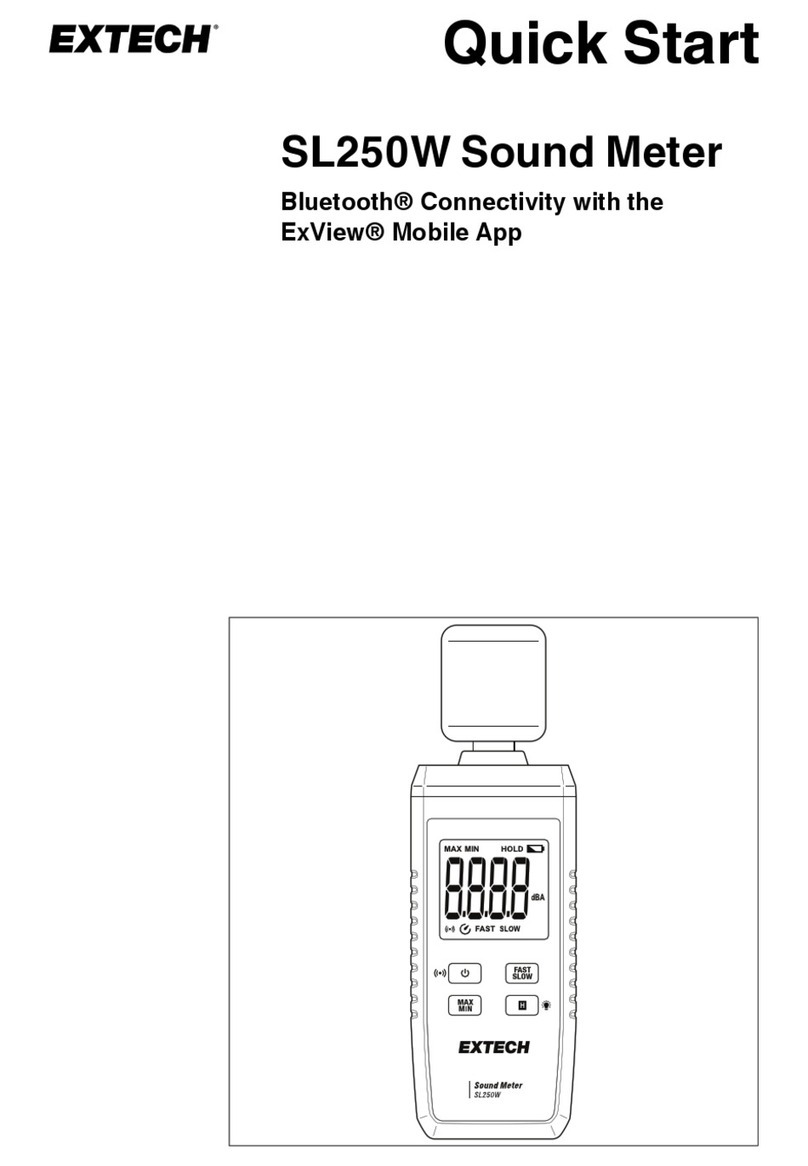
Extech Instruments
Extech Instruments SL250W User manual
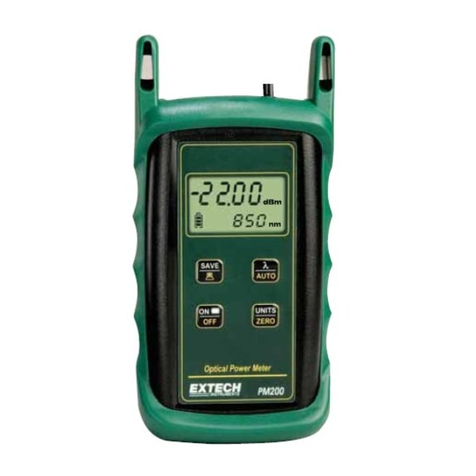
Extech Instruments
Extech Instruments PM200 User manual
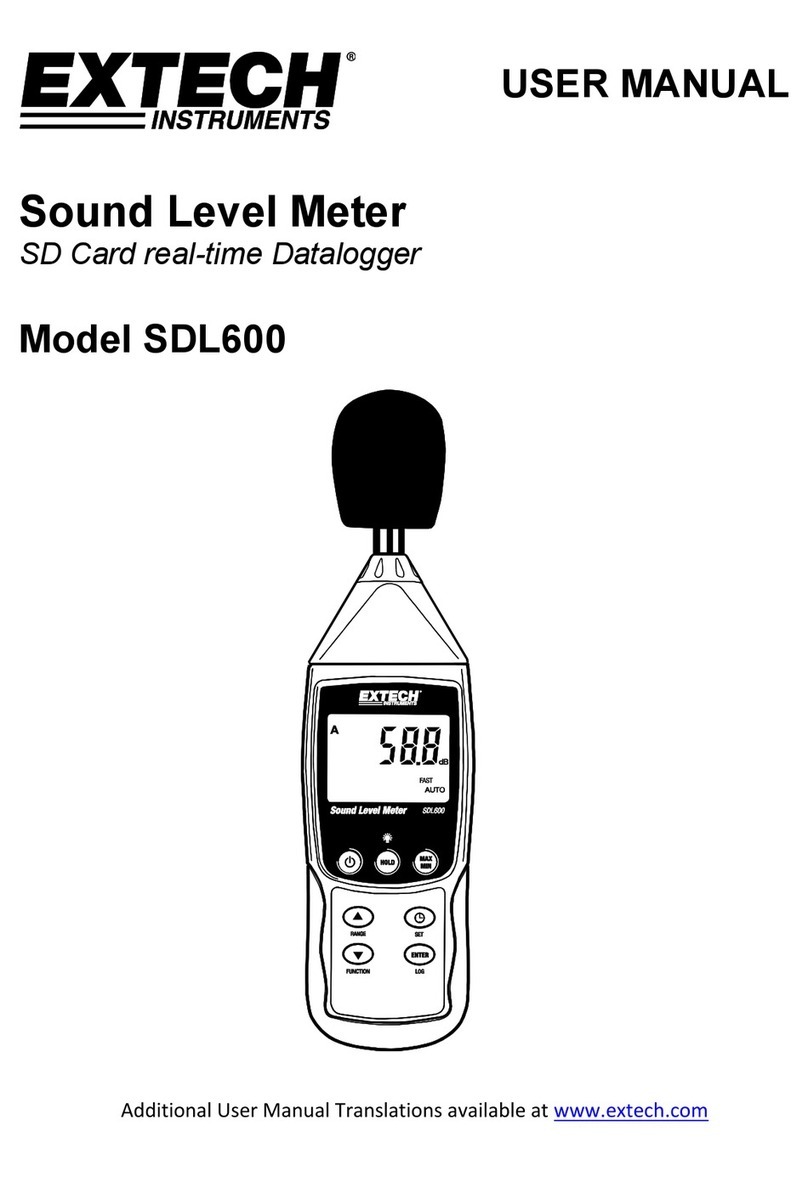
Extech Instruments
Extech Instruments SDL600-NIST User manual
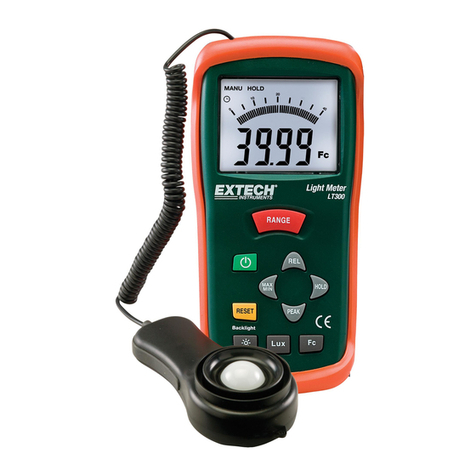
Extech Instruments
Extech Instruments LT300 User manual
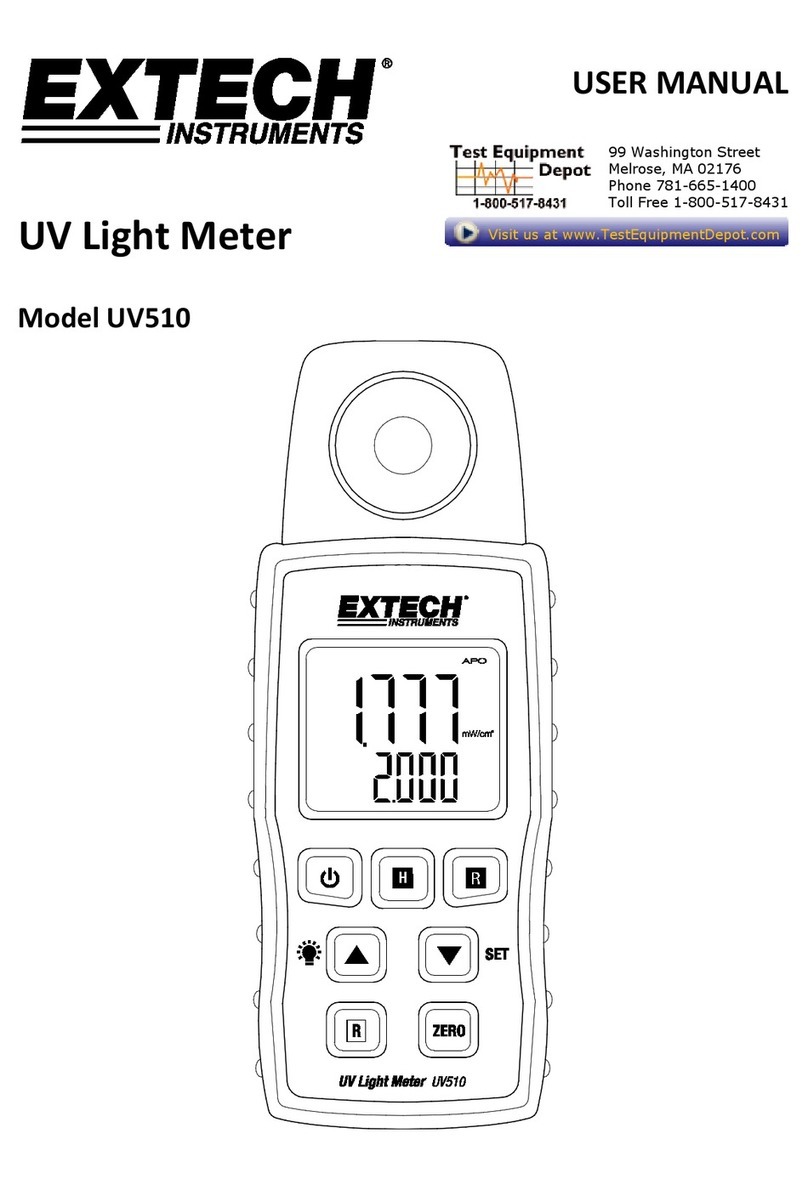
Extech Instruments
Extech Instruments UV510-NIST User manual
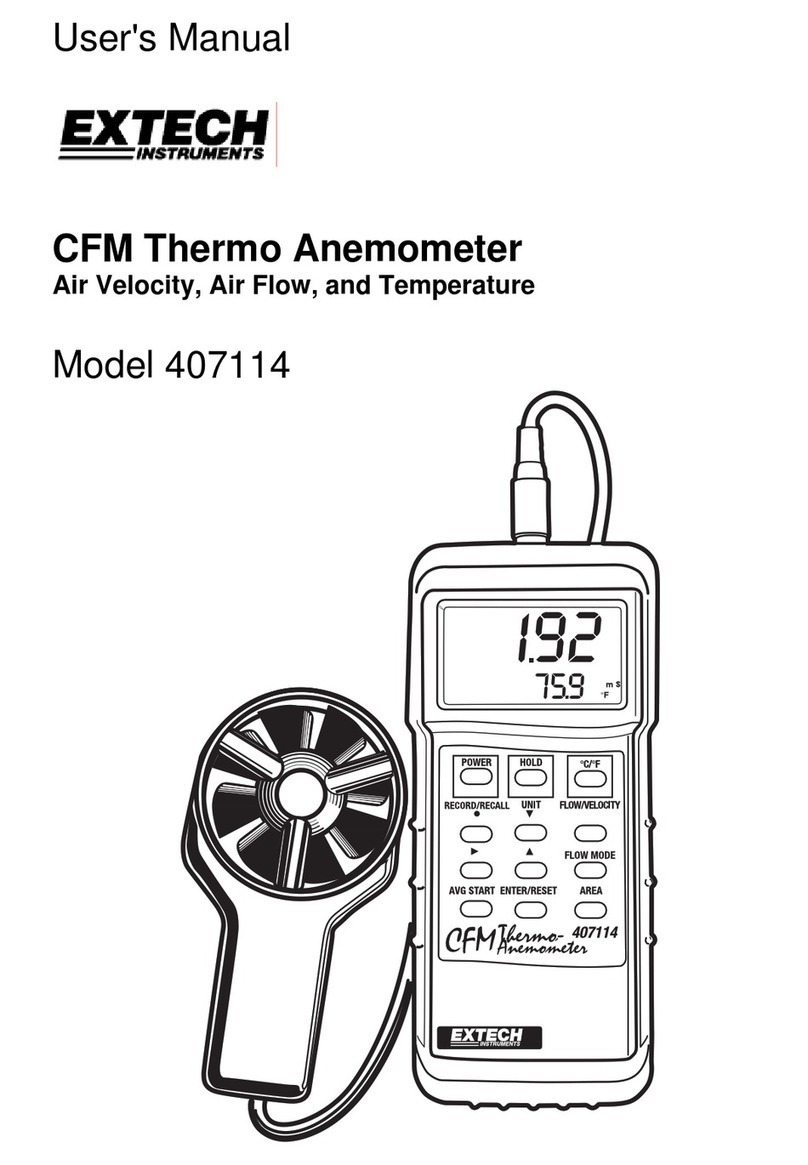
Extech Instruments
Extech Instruments 407114 User manual
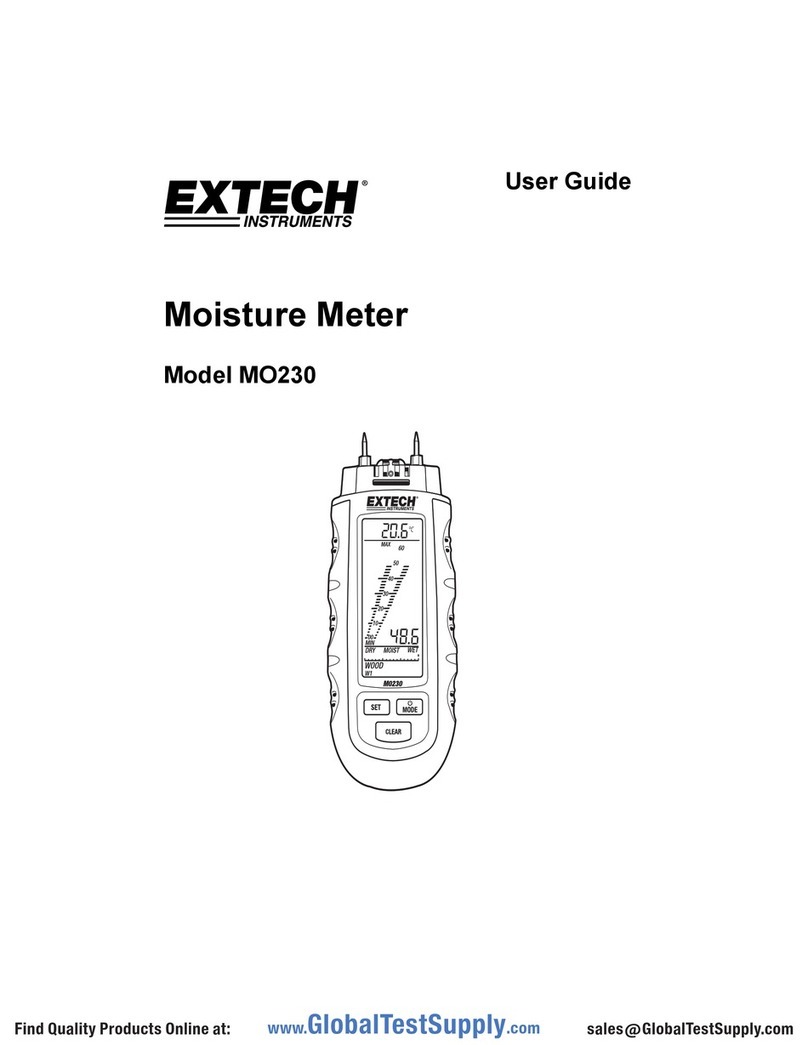
Extech Instruments
Extech Instruments MO230 User manual
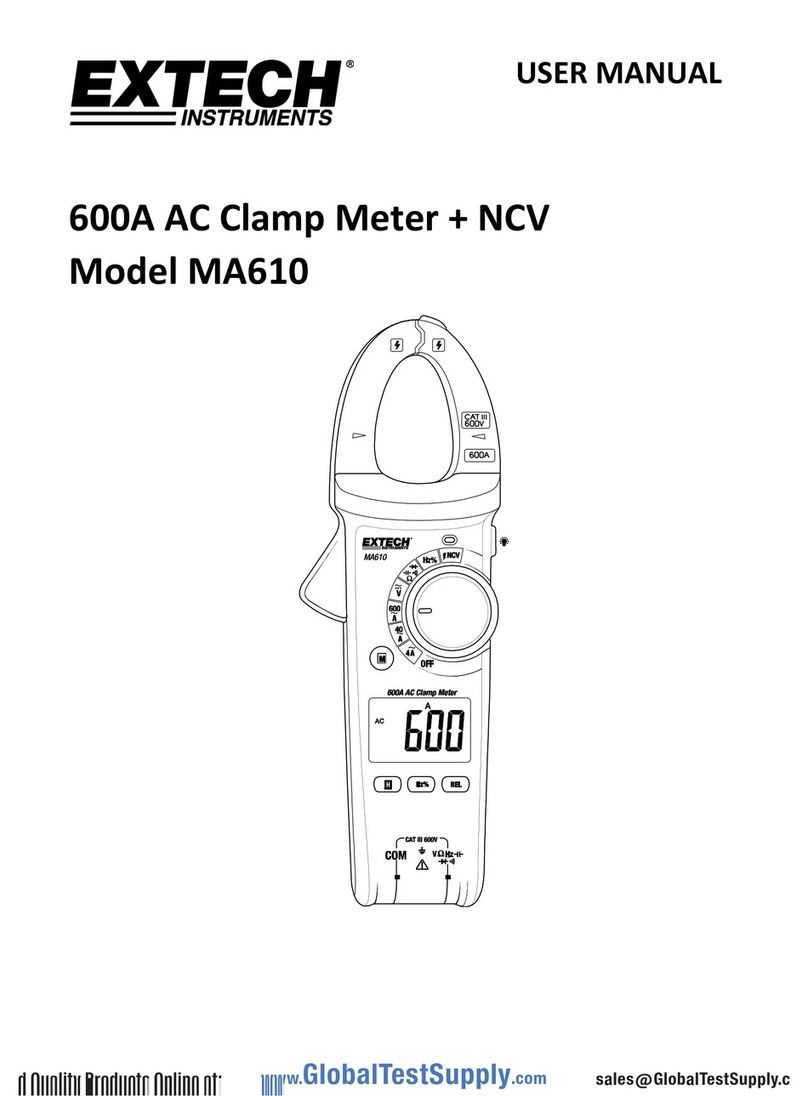
Extech Instruments
Extech Instruments MA610 User manual
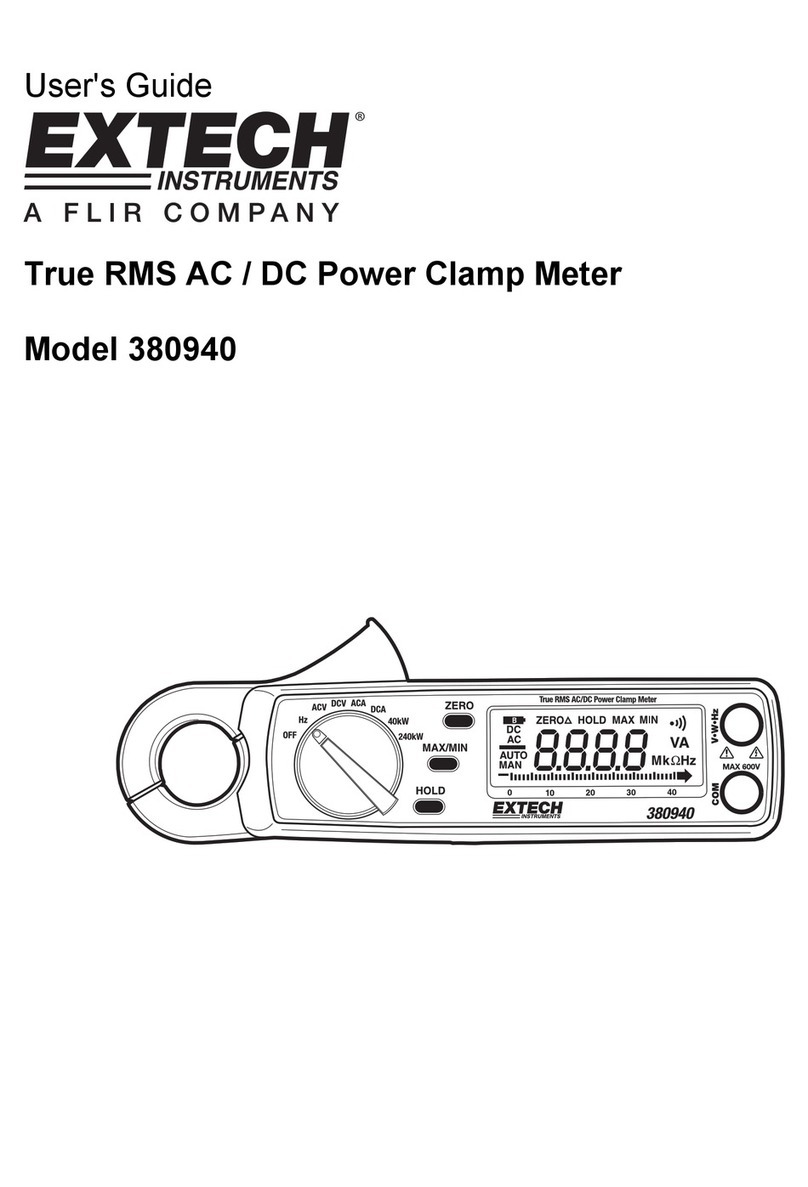
Extech Instruments
Extech Instruments 380940 User manual
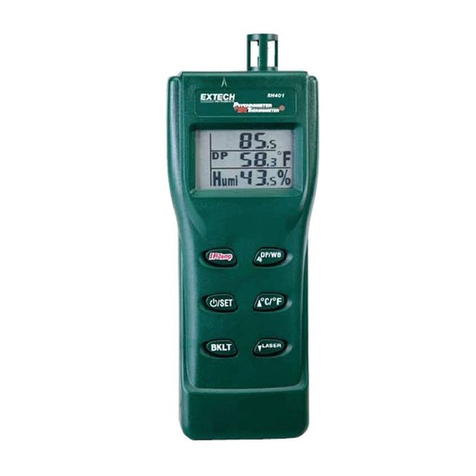
Extech Instruments
Extech Instruments RH401 User manual
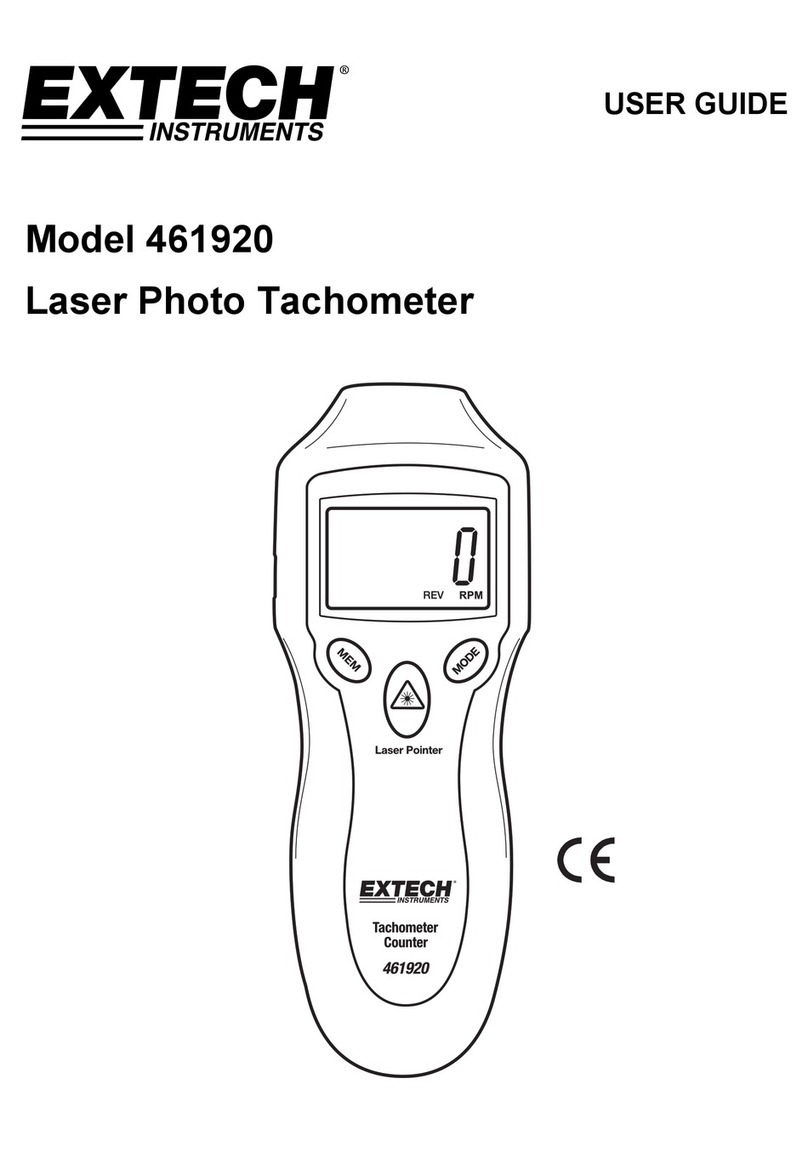
Extech Instruments
Extech Instruments 461920 User manual

Extech Instruments
Extech Instruments MO297 User manual
Popular Measuring Instrument manuals by other brands

Powerfix Profi
Powerfix Profi 278296 Operation and safety notes

Test Equipment Depot
Test Equipment Depot GVT-427B user manual

Fieldpiece
Fieldpiece ACH Operator's manual

FLYSURFER
FLYSURFER VIRON3 user manual

GMW
GMW TG uni 1 operating manual

Downeaster
Downeaster Wind & Weather Medallion Series instruction manual

Hanna Instruments
Hanna Instruments HI96725C instruction manual

Nokeval
Nokeval KMR260 quick guide

HOKUYO AUTOMATIC
HOKUYO AUTOMATIC UBG-05LN instruction manual

Fluke
Fluke 96000 Series Operator's manual

Test Products International
Test Products International SP565 user manual

General Sleep
General Sleep Zmachine Insight+ DT-200 Service manual
